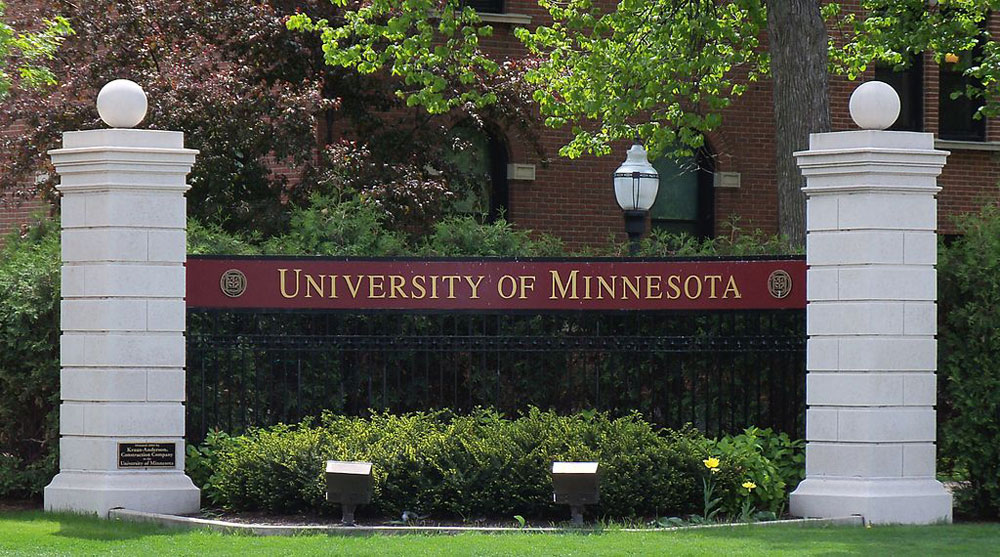
February 6, 2020; Hechinger Report
Minneapolis is considered the city where the American Indian Movement began in the late 1960s, as Caroline Preston of the Hechinger Report recounts. The University of Minnesota–Twin Cities also has the oldest Department of American Indian Studies, founded in 1969. But these facts did not prevent the university from having a dismal 27 percent six-year graduation rate for American Indian and Alaskan Native students nearly 40 years later in 2008.
But now, those numbers have turned around. In 2018, the school reported a 69 percent graduation rate, even as the number of enrolled Native undergraduates climbed to 418, compared with 339 a decade earlier. The university’s turnabout is remarkable, especially when compared with national numbers. As of 2017, only 39 percent of native students enrolled nationally graduate within six years, Preston notes.
What changed? “Students and faculty credit this progress in closing the gap for native students to the variety of academic and social supports designed to help them feel welcome on campus,” Preston writes. Still, University of Minnesota–Twin Cities junior-year student Charles Golding (father is Quechan, mother from Mexico) tells Preston that there remains a long way to go.
Preston observes that one of the keys to boosting graduation rates has been to break down the isolation that American Indian and Alaskan Native students so commonly experience. American Indian student numbers are small, so the risk of isolation is high. At the Twin Cities campus, less than one percent of undergraduates identify as American Indian; that number rises to 1.3 percent if you count students who list American Indian and another race. Nationally, American Indians and Alaska Natives make up less than one percent of enrolled college students.
Reducing isolation involves both connecting students on campus to American Indian organizations and boosting the number of Native students on campus. One step that Minnesota–Twin Cities has taken is to open a summer institute for indigenous high school students. Also, as Preston describes, “On one recent Friday, hundreds of native high schoolers from the Twin Cities and beyond gathered at a student center on the university’s St. Paul campus for a college fair designed explicitly for them.”
The university has also boosted on-campus events. As Preston explains:
Sign up for our free newsletters
Subscribe to NPQ's newsletters to have our top stories delivered directly to your inbox.
By signing up, you agree to our privacy policy and terms of use, and to receive messages from NPQ and our partners.
On campus the same week, the American Indian Studies department hosted a Mohawk artist from Canada who screened several short films, including a sci-fi retelling of an Iroquois creation story….In another campus hall, Jacob Bernier and Chrissy Pettit, two recent graduates who now attend a master’s program in heritage studies and public history, were planning an exhibition on indigenous canoes and environmental justice. A club they helped to start, Canoe Rising, meets regularly on the Mississippi River for canoe excursions, paddle-making workshops and lectures.
Preston notes that the challenges facing American Indian students are many:
They’re more likely than white students to have graduated from low-performing high schools. They have greater financial need. They’re often the first in their families to attend college. The universities they enroll in were in many cases built on land stolen from native people, to serve Western notions of education. And when they arrive on campus today, these students often have to contend with stereotyping and racism.
Carmen Lopez, executive director of College Horizons, a nonprofit dedicated to improving college success for Native American students, labels these challenges the “ghosts of colonialism.” When asked what more the university should be doing, Golding says he favors tuition waivers and more forthright conversations about the university’s past. “It’s a very odd thing to be treated like a foreigner in your own country,” he emphasizes.
A common theme for American Indian students who graduate is returning home to help their communities. Golding says he wants to use the economic knowledge he’s amassed to help American Indian nations to develop new sources of income beyond tourism and resource extraction.
Vanessa Goodthunder, who holds a bachelor’s and a master’s degree from the University of Minnesota–Twin Cities, now runs federal Early Head Start and Head Start programs for young children in her home Lower Sioux community. While on campus, staying connected to her community helped Goodthunder cope with what Lopez calls a common American Indian student experience—feeling at once both invisible and hyper-visible. Goodthunder says that when she was in school, she was often singled out by professors to provide “the native person’s perspective” on a topic.
“It was just exhausting,” says Goodthunder, now 25. “It’s hard to discuss again and again, because we always have to start back at pre-colonization and what historical trauma is.”—Steve Dubb













